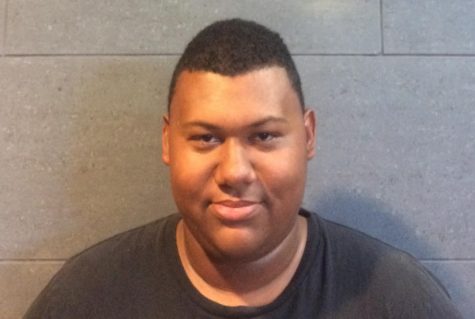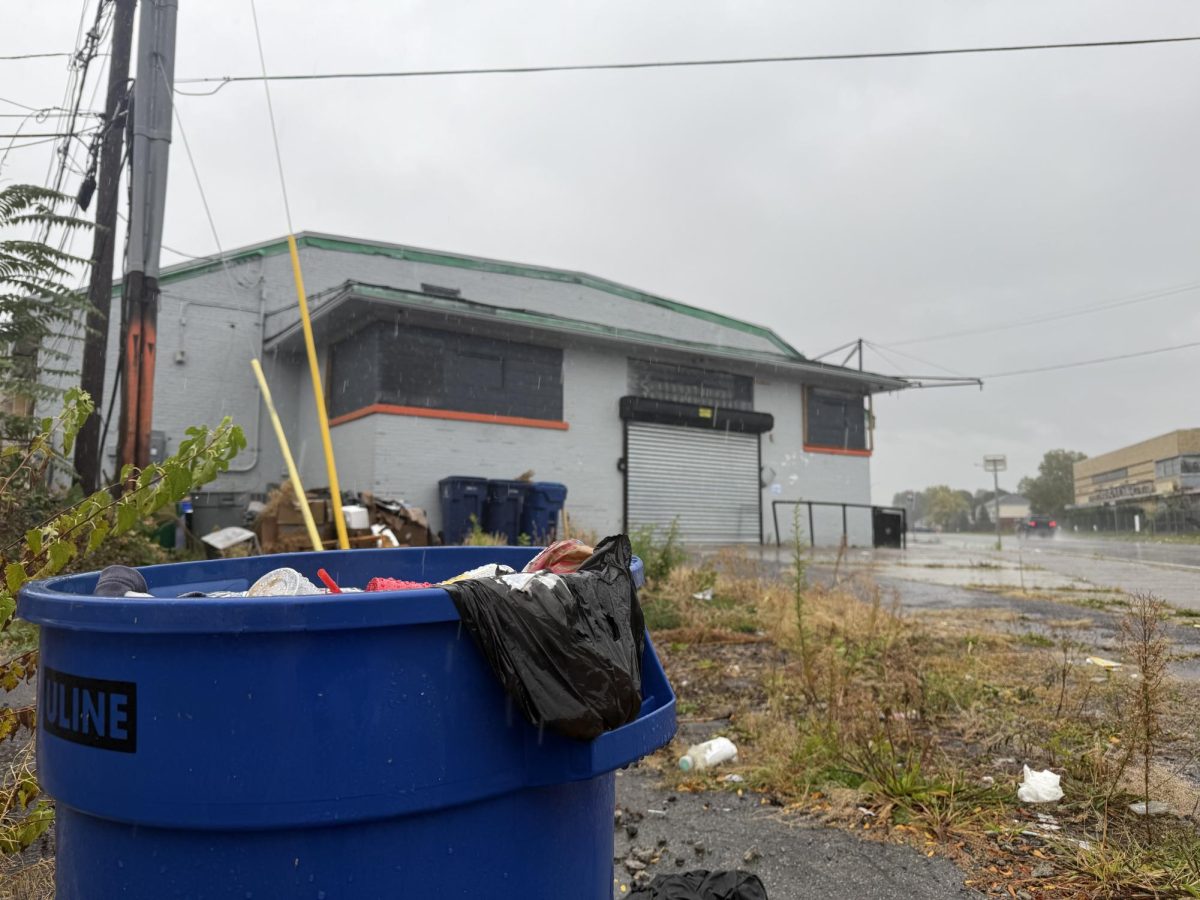Lead poisoning still a problem in parts of Buffalo, possibly Buffalo State
Lead poisoning remains a problem in several areas of Buffalo, NY.
March 5, 2017
East New York, Crown Heights and Coney Island in Brooklyn, the South Side of Chicago, Oakland, South Central and Compton in California — these neighborhoods all have one thing in common: They are homes to hundreds of thousands of minorities and have high crime rates. What separates them from the East Side of Buffalo, New York is that someone is trying to fix these problems.
Investigative Post reporter Dan Telvock is one of the few people that are trying to make a change here. His stories on the lead poisoning problem in Buffalo found that the East Side has two of the four zip codes with the highest lead levels.
In an event at the Theodore Roosevelt Inaugural Site hosted by The Investigative Post Telvock discussed the research he did on the stories as well as the overall issues of lead poisoning in Buffalo. He also held a panel with Dr. Marc Edwards, who helped uncover the Flint Water Crisis, Dr. Yanna Lambrindou, who along with Edwards helped in uncovering the lead water problem in Washington D.C., and Elizabeth McDade, Program Coordinator for the Rochester Safe and Efficient Homes Initiative.
To start the event Telvock showed a presentation of the data he collected; which showed that no city inspectors were certified, there was no interior access for one and two family rentals, and that there are not enough county health inspectors. In Buffalo there are 85,000 at risk housing units and it will take years before health inspectors get to all of them.
Telvock’s presentation then focused on the negligence of Buffalo Water, the water supplier for Buffalo. They didn’t target the most at risk neighborhoods, but instead targeted predominantly white neighborhoods.
On the East Side two zip codes, 14211 and 14213 were two of the four found with high levels of lead. This area was ignored by city and county health inspectors. At one point the East Side was a thriving neighborhood that was able to seem like all other areas in Buffalo. Though with deindustrialization, disinvestment and blatant disinterest; this area was overlooked in favor of getting the job done faster.
The other zip code in Buffalo where high lead levels were discovered was 14213 in the West Side of Buffalo. While this is another one of the largest areas in Buffalo, another potential danger is the distance to SUNY Buffalo State College.
Once the presentation finished, the panel began. Edwards started by giving reassurances to the audience members saying that something on the scale of the lead poisoning issue in Flint won’t happen in Buffalo, and that corrosion control limits but does not eliminate the problem.
A question was asked about what’s going on in the front lines of fighting this issue. Lambrindou gave an answer based on her experience in Washington D.C.
“The municipality claims to own the line that is the water main. The line from the street into the house is the problem of the property owner. They own the entire line while the municipality does not own any part of the water line. Although, this statement is not supported by law,” Lambrindou said.
McDade began speaking about the problems of being tested for lead poisoning in Rochester as well as how the county is making strides in cleaning up the issues of lead poisoning.
“If your child has a five, six, or seven the county of Rochester will do an environmental investigation. The problem is that there are two labs on the west side of the river, and the parking is limited. Yet, there are a dozen in the suburbs with free parking,” McDade said.
A member of the audience asked if any of the members of the panel knew how serious the problem was in Buffalo. Once again Lambrindou answered the question.
“People don’t know how serious the problem is. Minimal or severe problems of the lead in water have huge consequences. Reporters and residents aren’t getting the data from city or county health officials.”
“Lead comes out of the end of tailpipes and leaks into the soil at low levels. Yet because of the historic emissions the soil has more lead in it. People are gradually getting the led out of paint and levels have plummeted in the last few years, so things are getting better,” said Lambrindou.
He went on to discuss the means of protection from lead water.
“The tap dispenses any amount of lead from one to 15 parts per billion. Most people have to protect themselves even though the okay has been given by utility companies.”
He finally spoke on the issue of how low-income communities could devise a strategy to fix this issue.
“LEED Certified Filters are one solution and cost somewhere around $30. It is relatively cheaper than paying 5,000 to 10,000 dollars for a complete lead pipe replacement job done,” Lambrindou said.
Is it possible that there are high levels of lead in the tap water at Buffalo State? Potentially, because the Student Apartment Complex (STAC) falls under the zip code 14213. Also, many other buildings on campus are dated and could have lead paint issues.
“Lead service lines and leaded solder is not ZIP code-specific. The city does not have a firm handle on the locations of the lead service lines. Buffalo State should know if any of the dorms that provide drinking water are supplied by lead service lines. I doubt it, but it is possible,” Telvock said.
Areas such as Flint, Michigan are predominantly black. According to Fox News, African Americans make up 57 percent of the population while 37 percent are white, and 6 percent are of other nationalities. Also the number of residents below the poverty line is an astonishing 42 percent.
The East Side of Buffalo, and Flint, Mich. are both minority areas that were overlooked during city and county inspections for lead poisoning. People have died because of the negligence of city and county health officials, but things are getting better.
The silver lining for the city of Buffalo is that they have hired six more inspectors and a nurse, and the city has certified that rental units owned before 1978 are free of lead paint hazard. More at risk homes are being tested, and city owned buildings with pre-school programs are being tested for lead.
Now the East Side has someone watching over it and solving the problem of lead poisoning can make, an otherwise troubled area, tolerable.
email: [email protected]





